Us Allergic Conjunctivitis Size
US Allergic Conjunctivitis Market Growth Projections and Opportunities
The US allergic conjunctivitis market is influenced by several key market factors that shape its dynamics and growth. One crucial factor is the increasing prevalence of allergic conjunctivitis across the country. Allergic conjunctivitis is a common eye condition triggered by allergens such as pollen, pet dander, and dust mites. With a rise in environmental pollutants and changing climate patterns, the incidence of allergic conjunctivitis has seen a notable uptick, driving the demand for effective treatment options. Furthermore, the market landscape is constantly being shaped by the progress and innovation in the areas of medicine and tech. The constant research that is being done currently has led to the development of new treatments as well as therapies for allergic conjunctivitis, this in turned allows for patients to access targeted and more efficient solutions. The release of new medications, among them the antihistamines, mast cell stabilizers and other successful products, has transcended to market growth with a provision for patients of improved symptoms and a better quality of life. Besides this, the other major factor which has an impact on the market of allergic conjunctivitis in the United States is "increasing" knowledge of this disorder among both healthcare professionals and patients. Educational programmes, information disseminations and easy access to information on digital platforms have given people ability to perceive conjunctivitis as an allergic condition to take full course of action to address the disease on time. Such increased alertness has eventuated to the higher number of hospitalization and a higher rate of acceptance for treatments radiating a positive effect in expanding the market. The market dynamics are also affected by regulatory frameworks which are key in its shape. Rather rigorous regulatory rules provide the assurance of the effectiveness as well as safety of allergic conjunctivitis treatments so as trust healthy professionals and patients have in medications can be fostered. Prescribing of new medication as well as therapies are something that potentially churns the market and at the same time is something giving the healthcare providers the one the other hand gives the healthcare providers more flexibility to tailor their treatment programs to the specific requirements of individual patients. Market competition and players' activity which include key players also lead to the development of the US allergic conjunctivitis market. Along with pharma companies making engagements in research and development as well as promotional strategies, the scientific industry are positioned on a competitive stage. The situation is reflective of the emergence of the two alternatives, which are already well-established brands and similar generic equivalents. They, in turn, create a diverse market environment where the patients have the possibility of choice of treatment modalities and at the same time give an impetus to research and development.
Lastly, demographic factors such as an aging population and changing lifestyles contribute to the market dynamics. With an aging population, the prevalence of allergic conjunctivitis may increase, leading to a higher demand for effective treatments. Additionally, lifestyle changes, including increased screen time and environmental exposures, may contribute to the rising incidence of allergic conjunctivitis, further fueling market expansion.
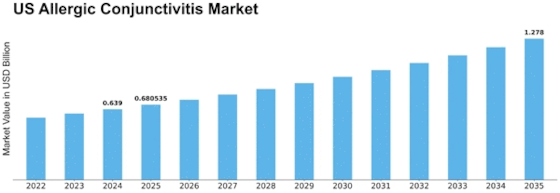

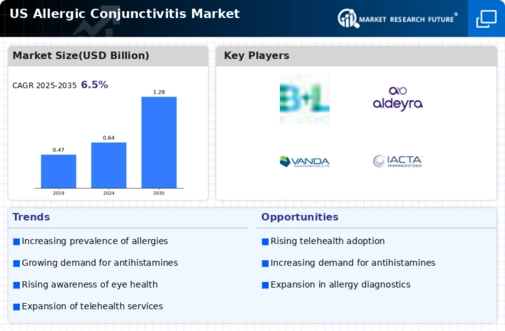
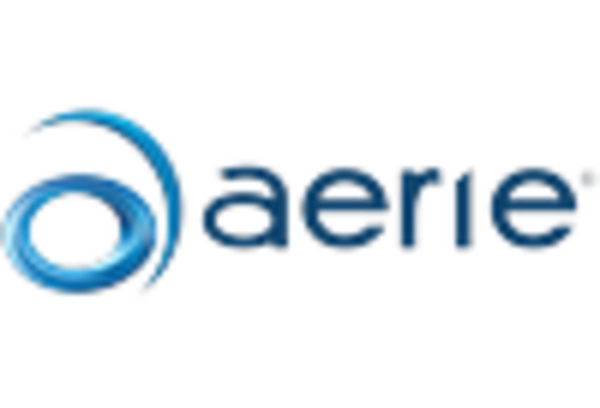
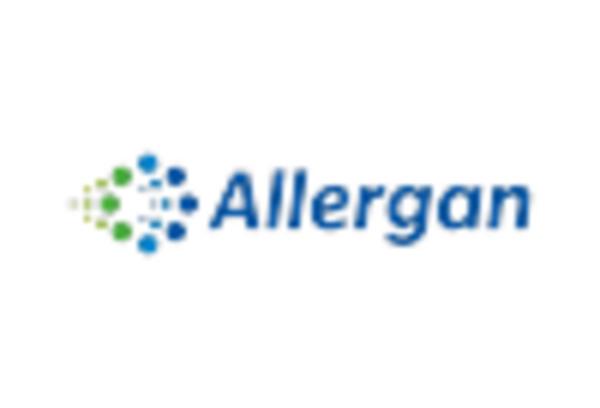
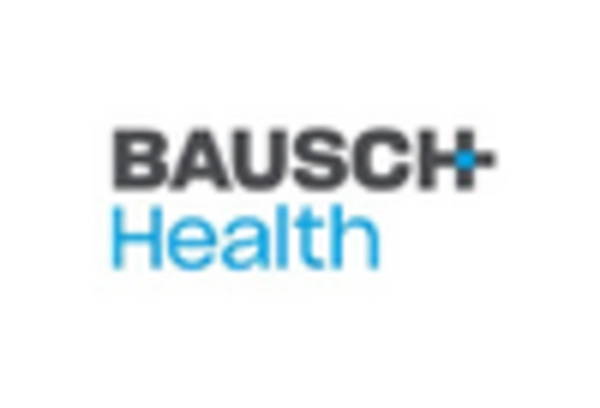

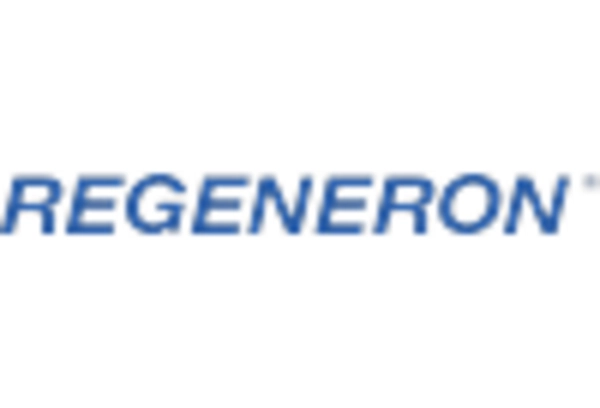
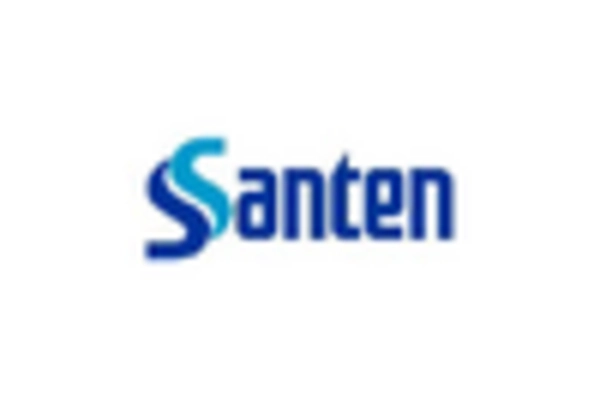

Leave a Comment